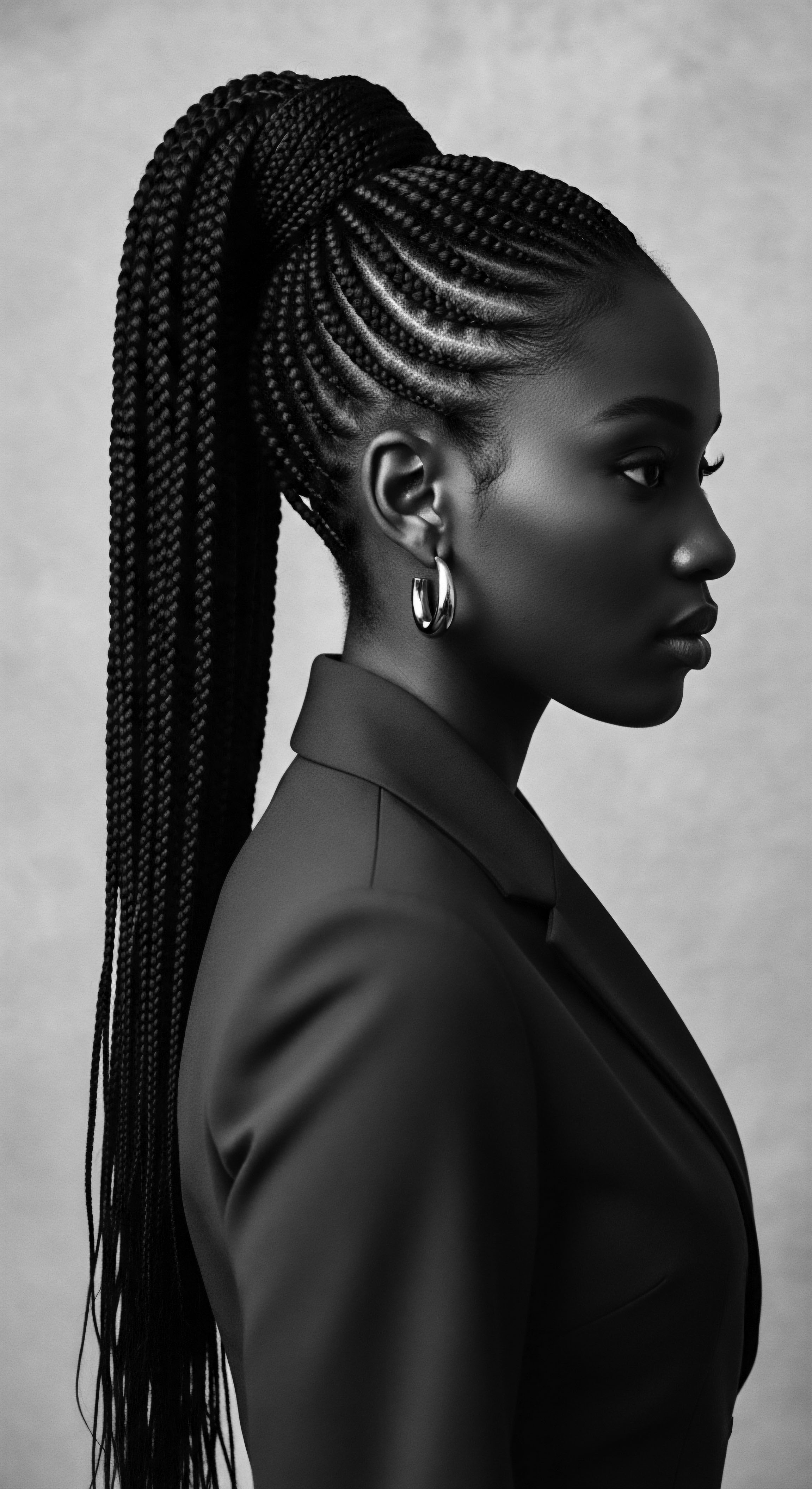
What is the historical origin of specific protective styles?
Protective styles originated from ancient African civilizations, evolving as essential methods for textured hair health, cultural expression, and ancestral connection.
Meaning ❉ Hair History, within the sphere of textured hair, denotes the progression of understanding regarding Black and mixed-race hair, mapping its distinct qualities and requirements across epochs. It serves as a tender beacon, illuminating how comprehension of these unique hair forms has advanced, from inherited ancestral customs to current scientific observations. This historical perspective underpins the systematization of hair care, offering foundational principles that enable methodical, nearly automated, routines; it reveals how consistent, considerate practices, often transmitted through familial lines, can be distilled into reliable frameworks for hair vitality. Furthermore, Hair History furnishes the foundation for practical application, empowering individuals to enact discerning choices concerning their hair. This encompasses selecting appropriate preparations, adopting protective arrangements, and appreciating the cultural significance embedded within varied hair presentations. Acquiring this lineage permits a composed, confident methodology for daily attention, anchoring present actions within a bountiful past. It concerns discerning efficacious approaches and their underlying rationale, thereby permitting knowledgeable selections that honor the hair’s ancestry and its singular constitution.